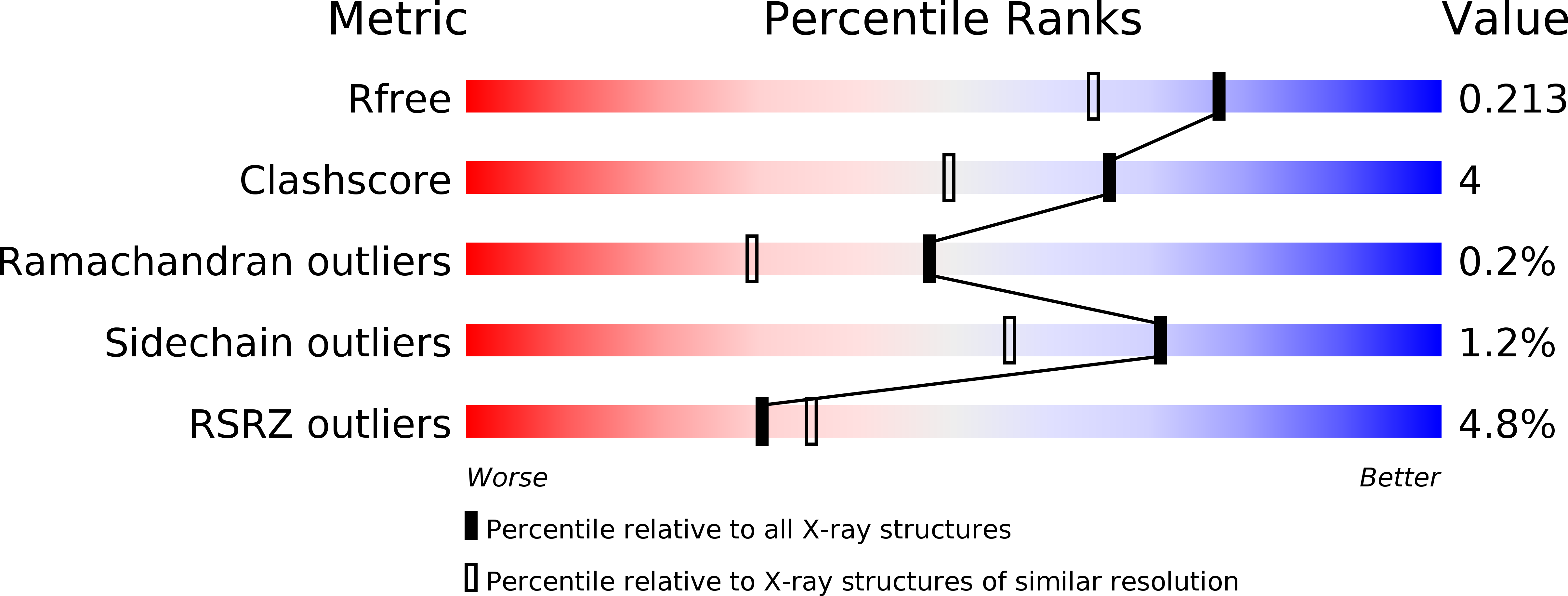
Deposition Date
2009-07-31
Release Date
2009-12-15
Last Version Date
2023-09-06
Entry Detail
PDB ID:
3II9
Keywords:
Title:
Crystal structure of glutaryl-coa dehydrogenase from Burkholderia pseudomallei at 1.73 Angstrom
Biological Source:
Source Organism:
Burkholderia pseudomallei 1710b (Taxon ID: 320372)
Host Organism:
Method Details:
Experimental Method:
Resolution:
1.74 Å
R-Value Free:
0.19
R-Value Work:
0.17
R-Value Observed:
0.17
Space Group:
P 1 21 1


